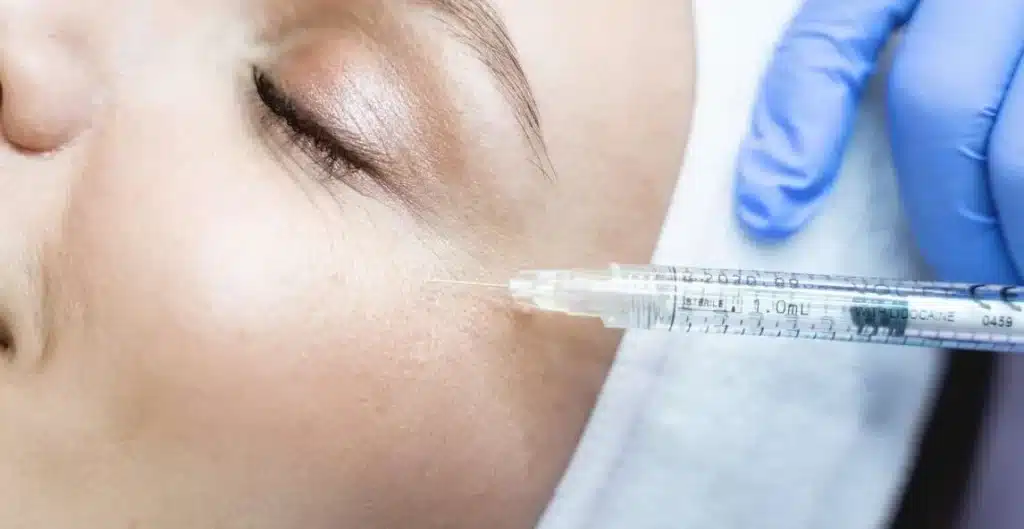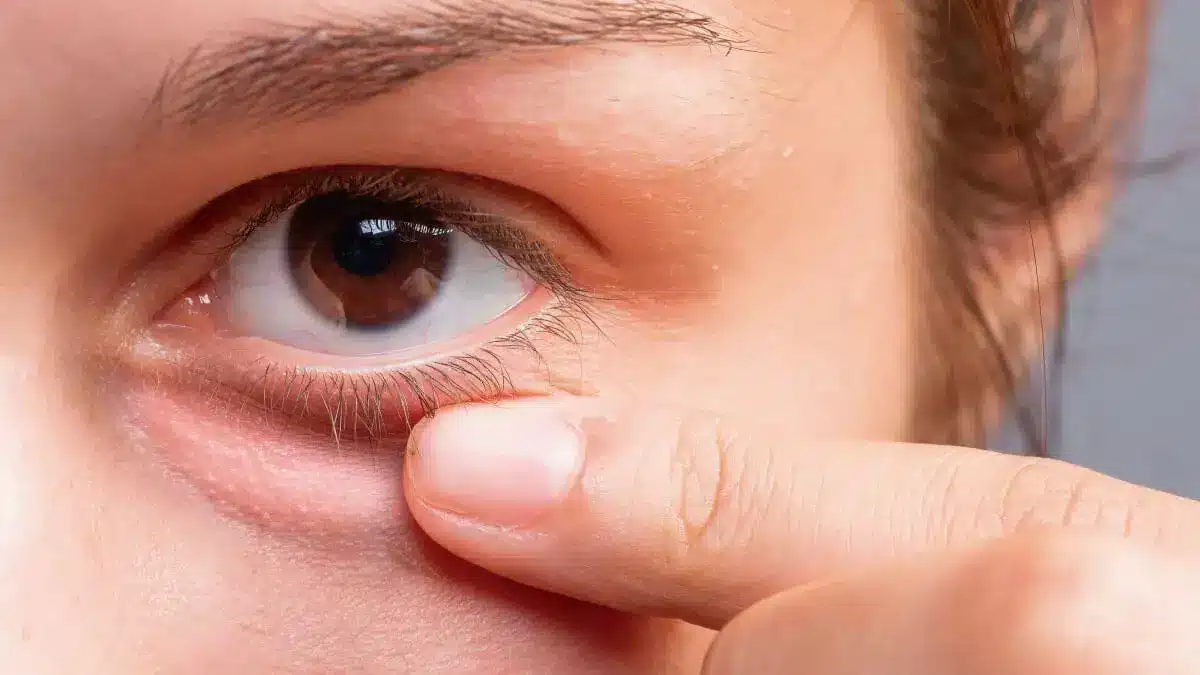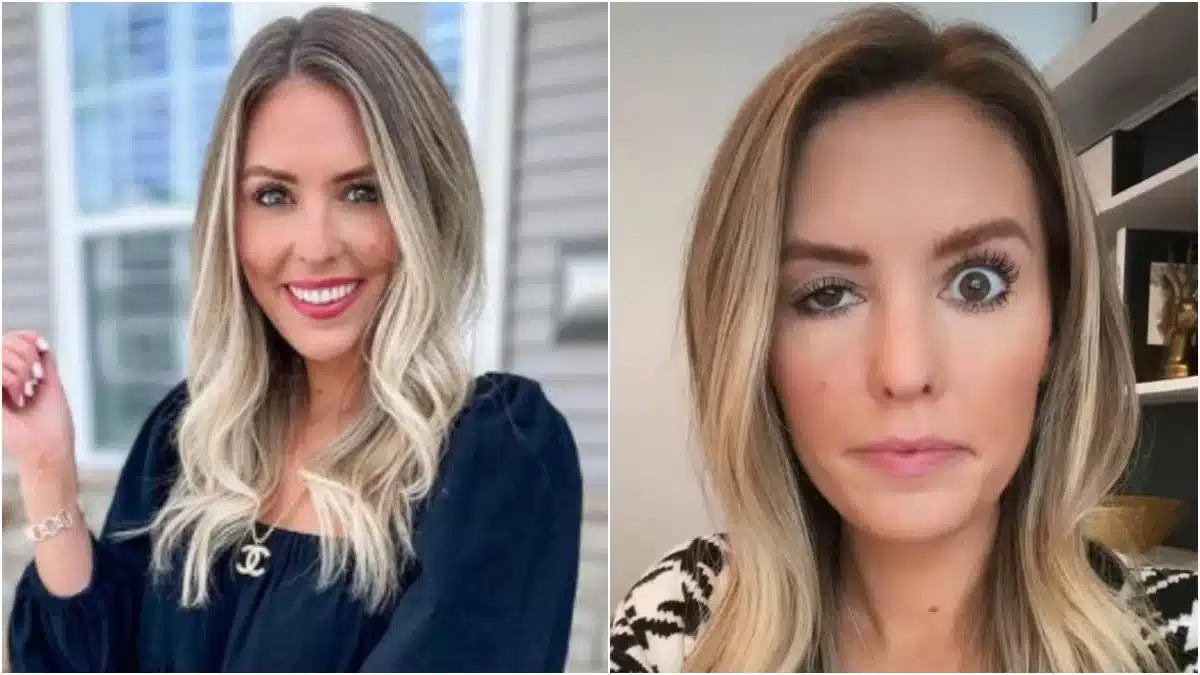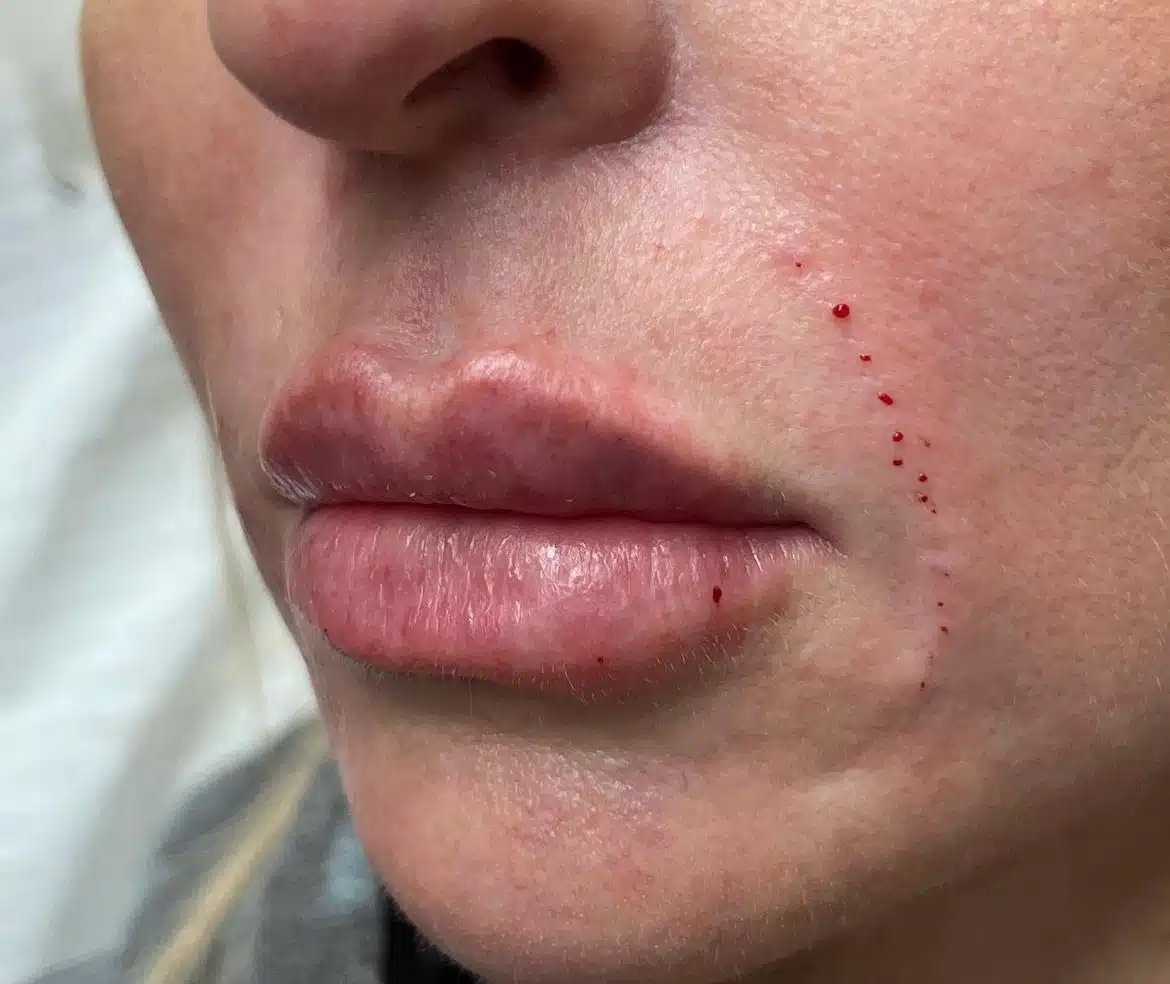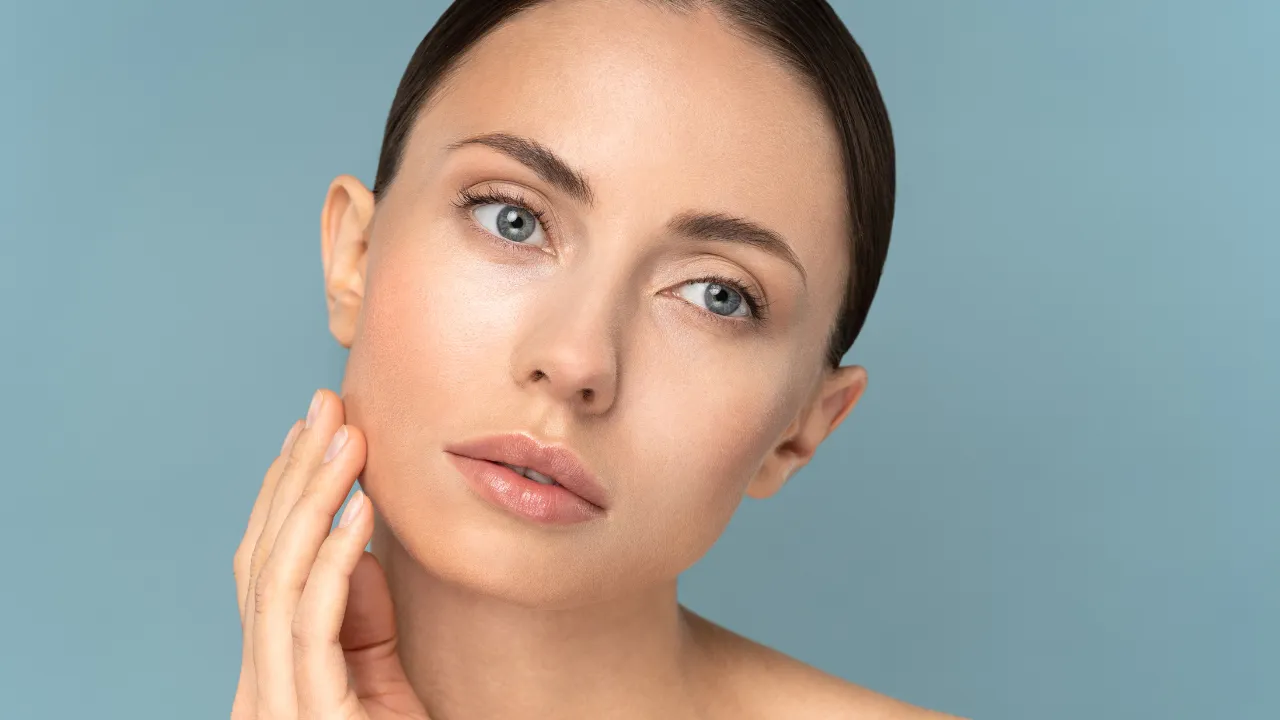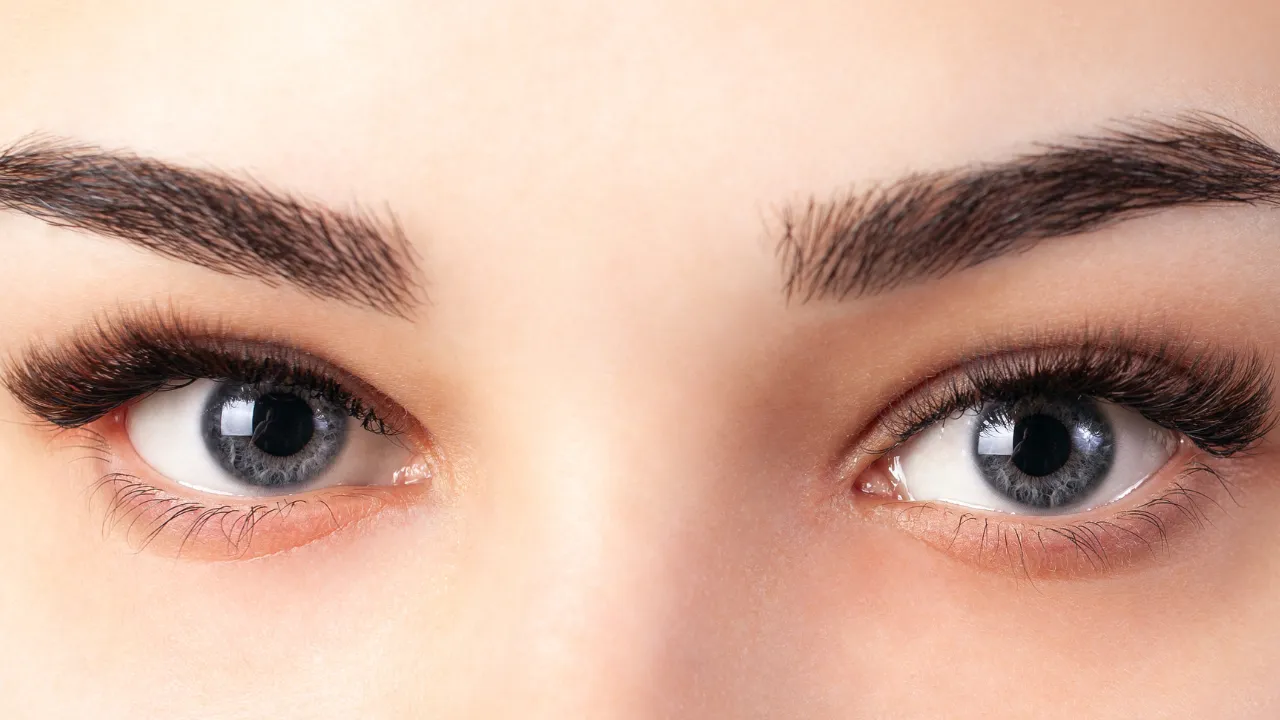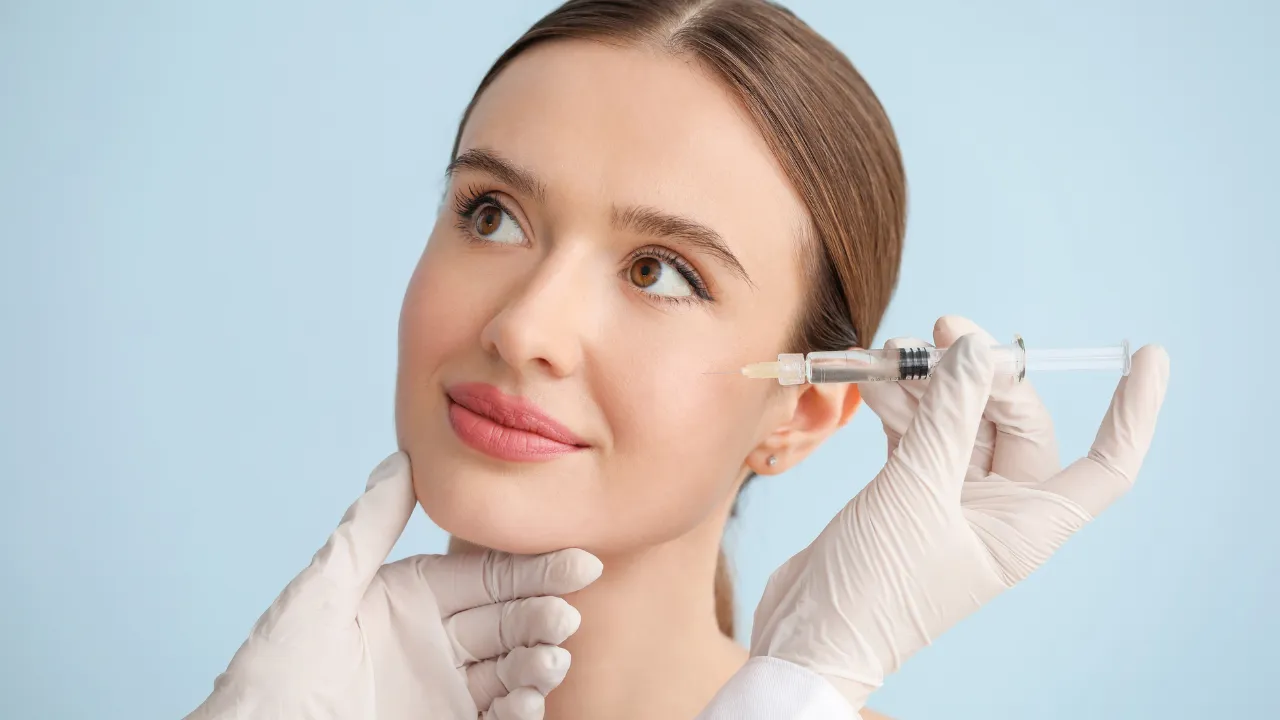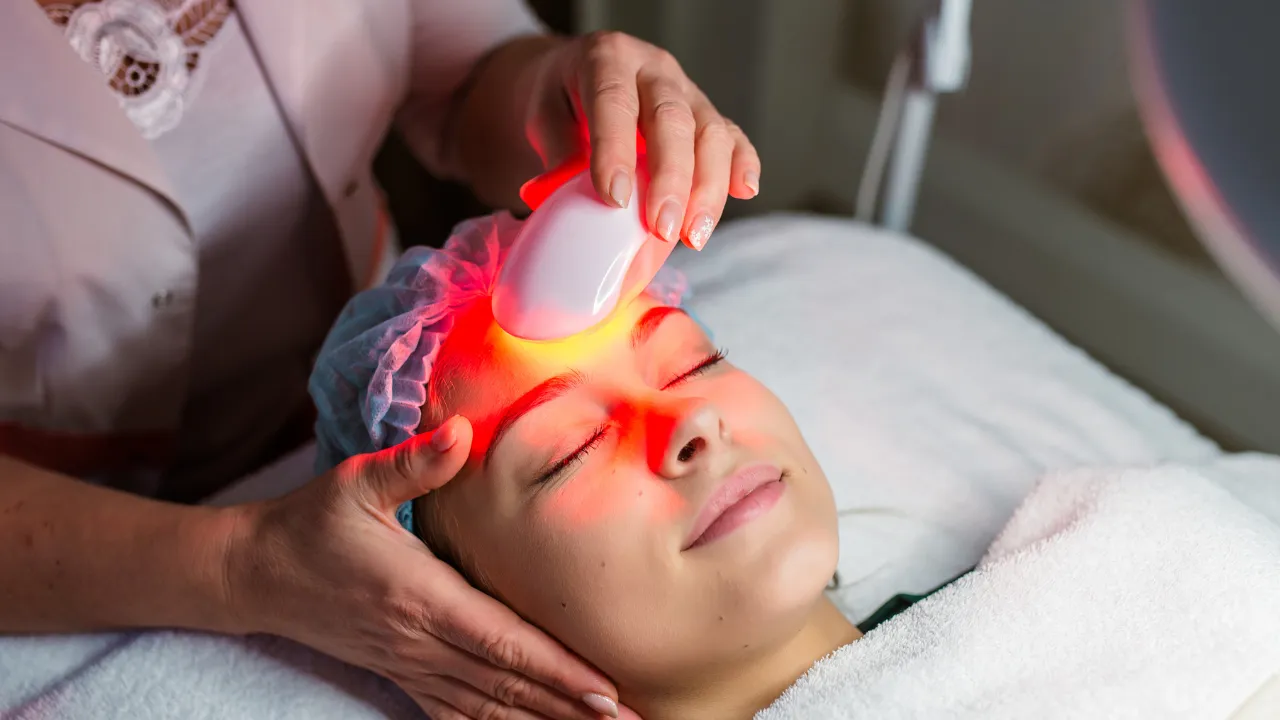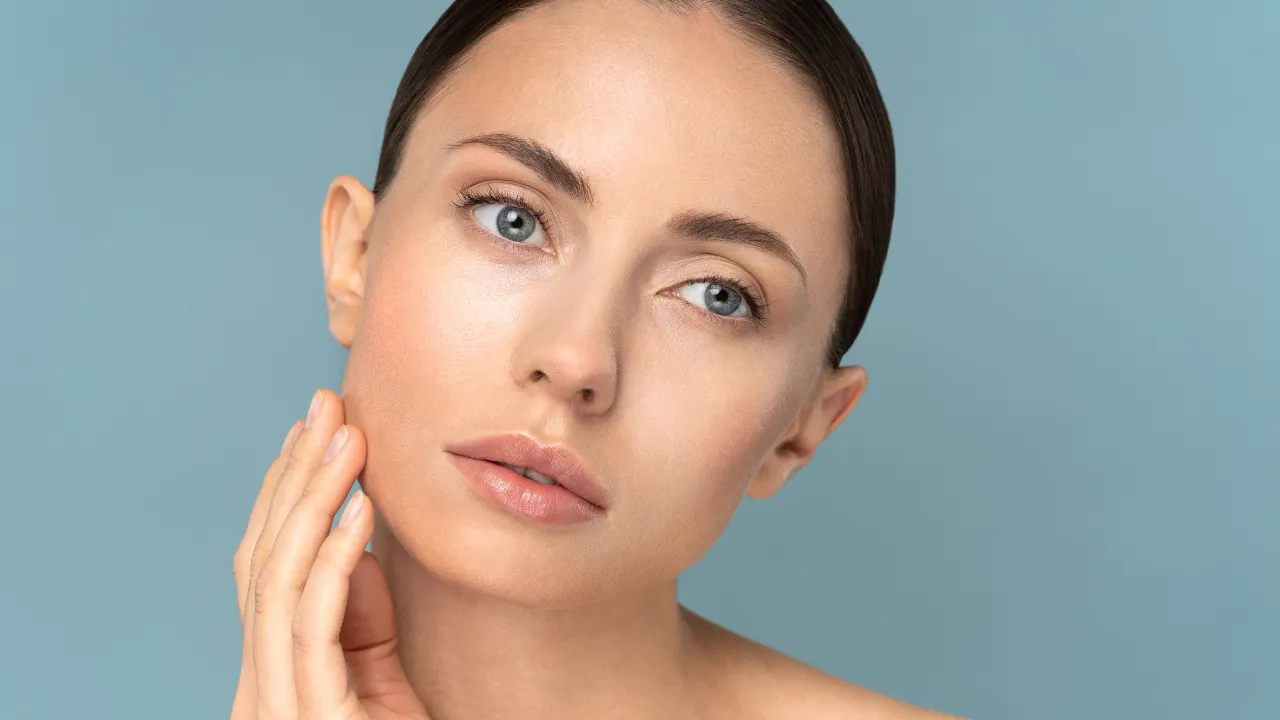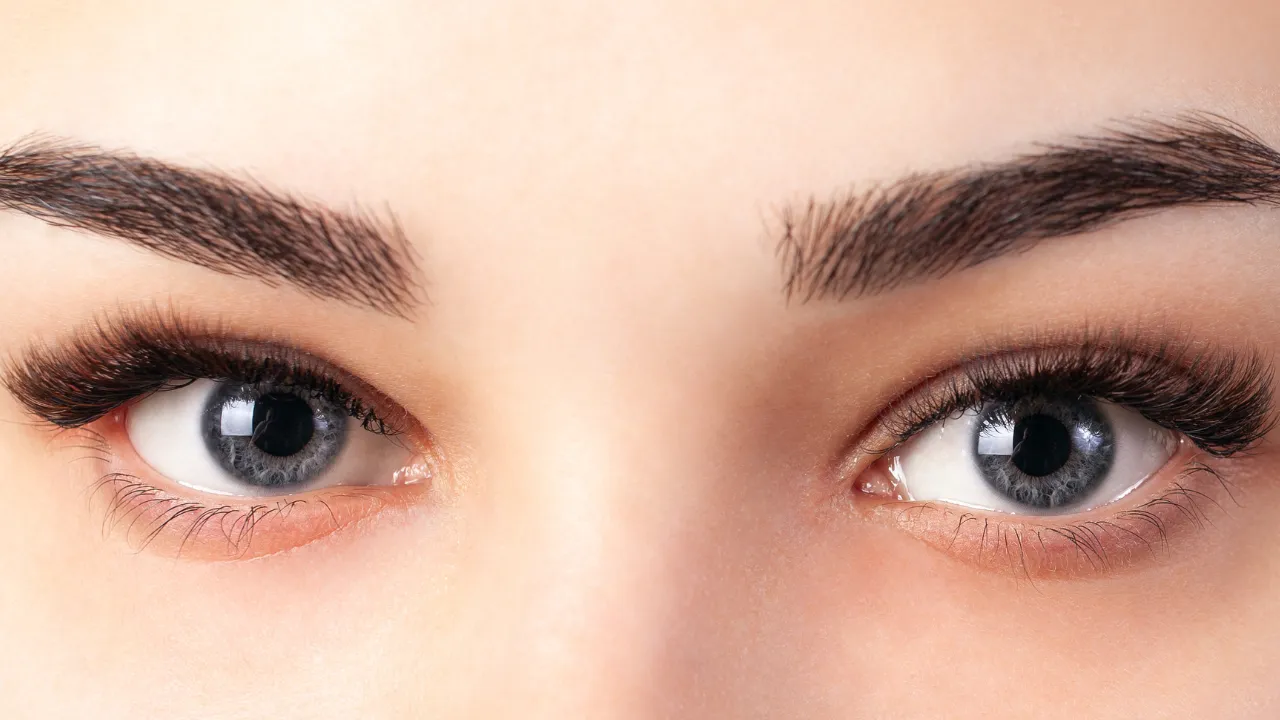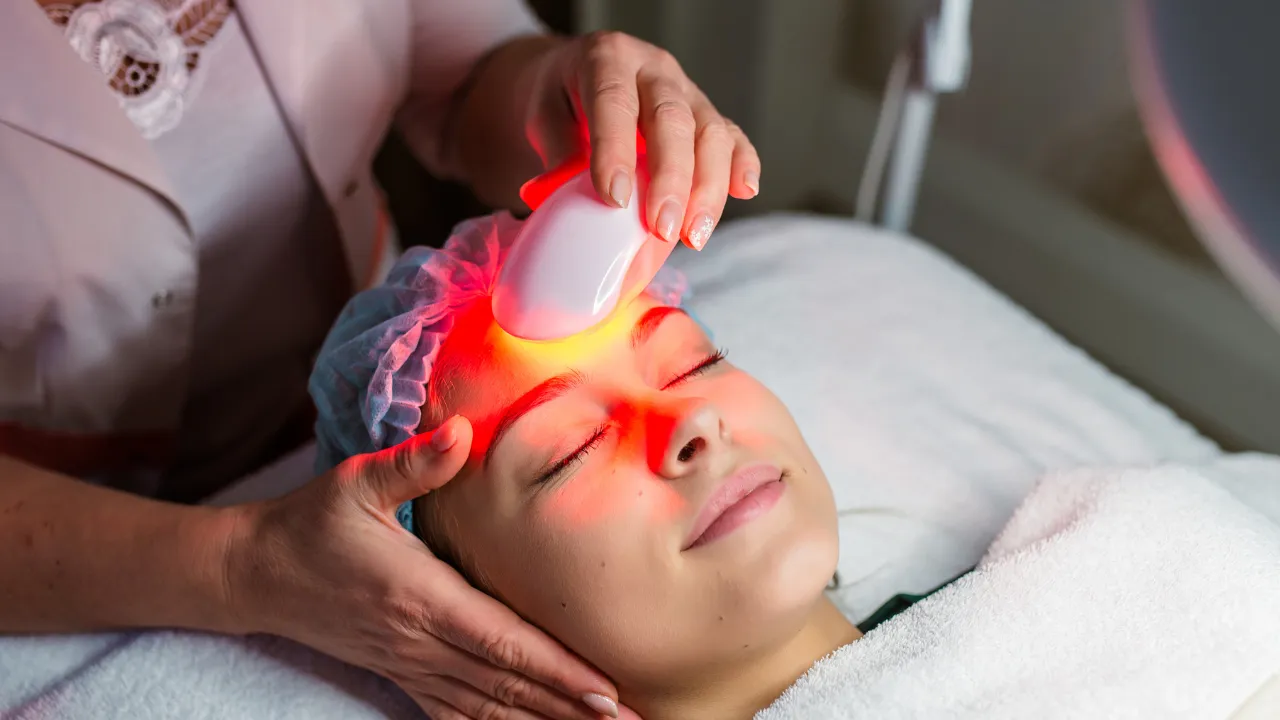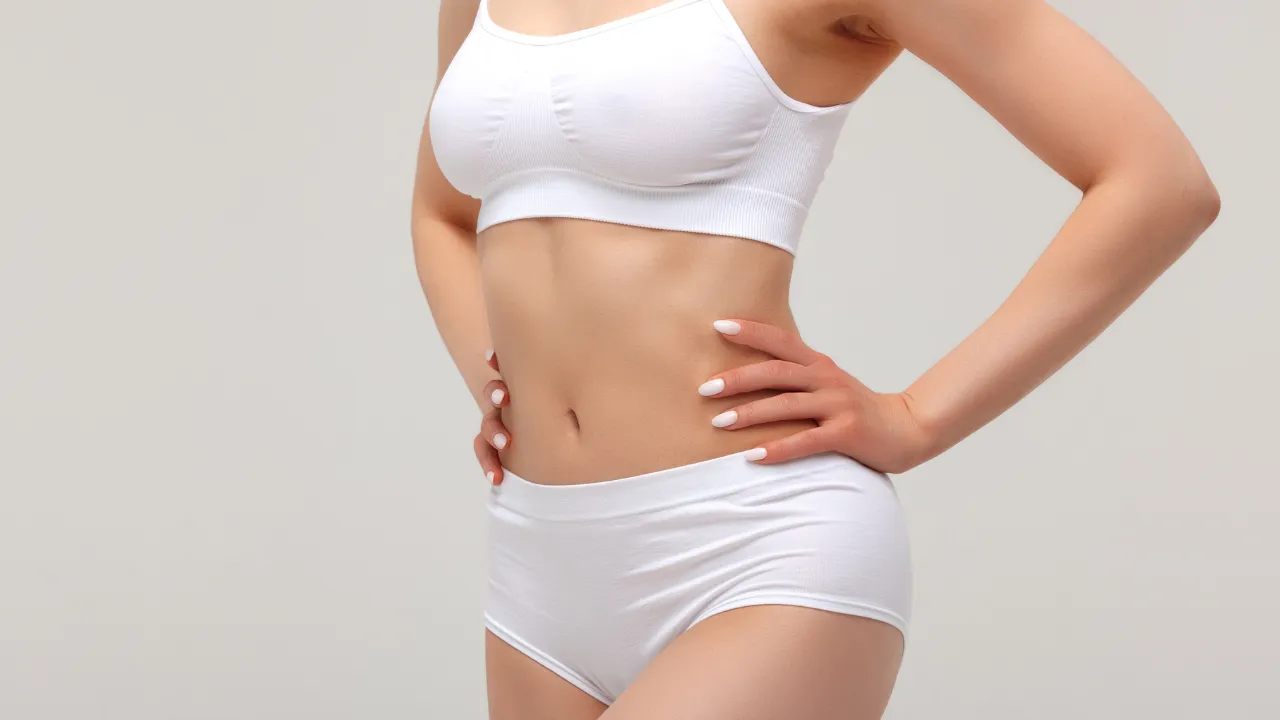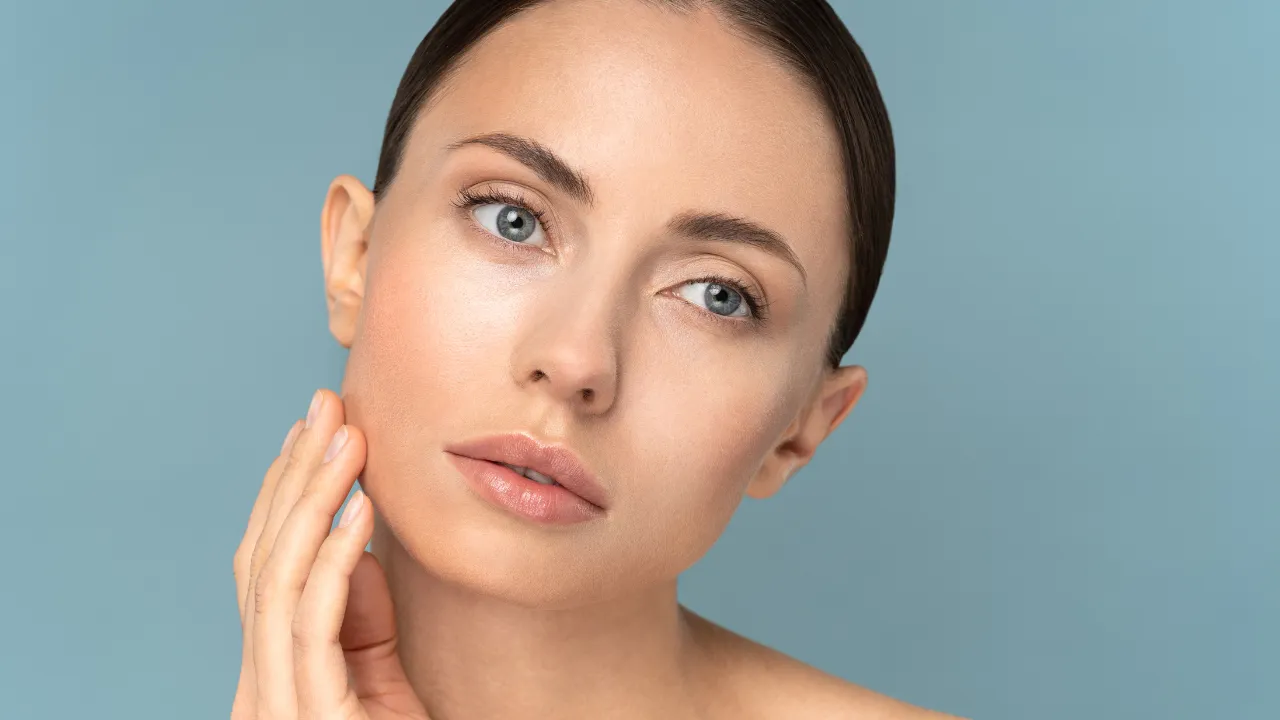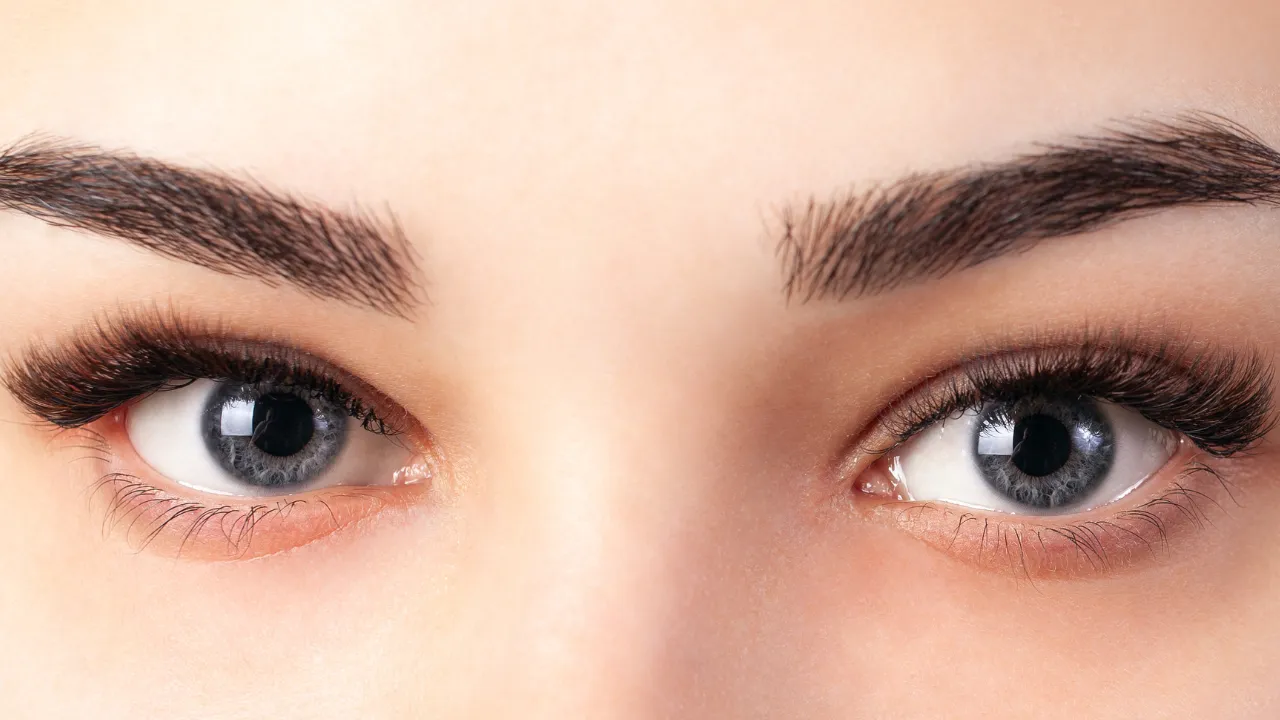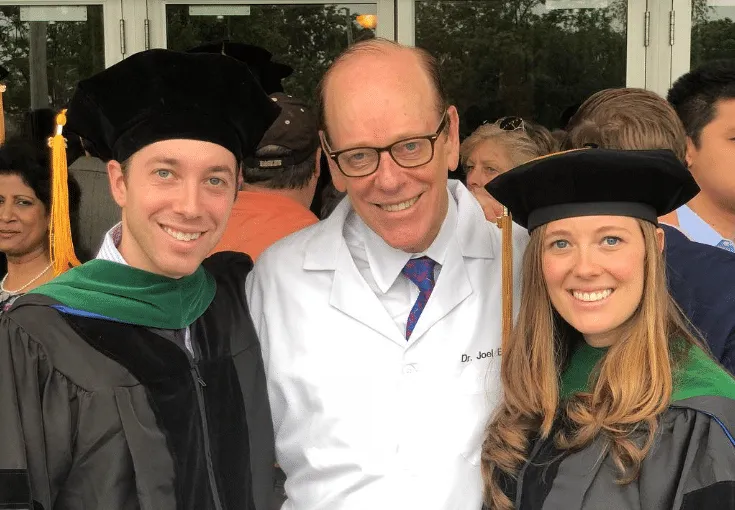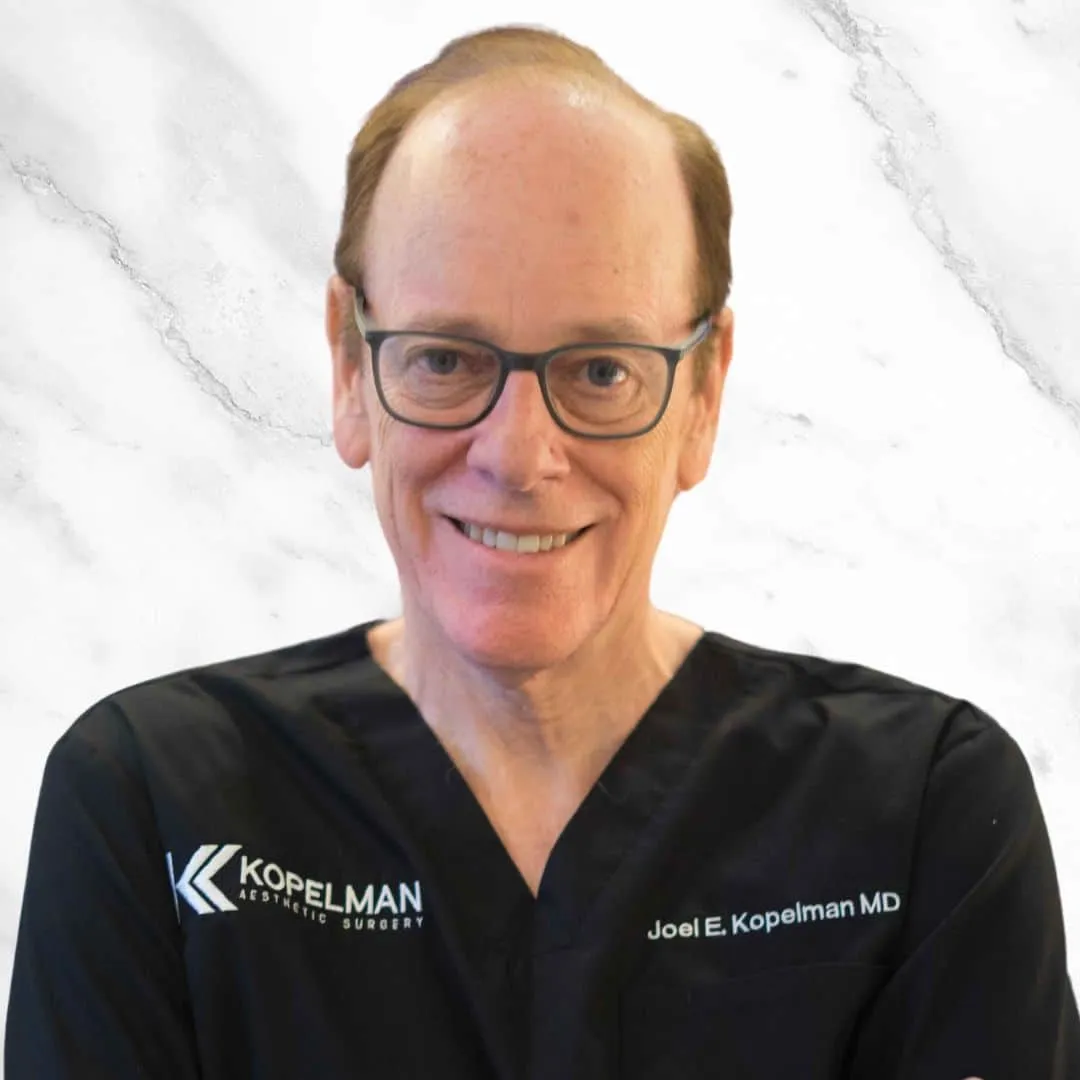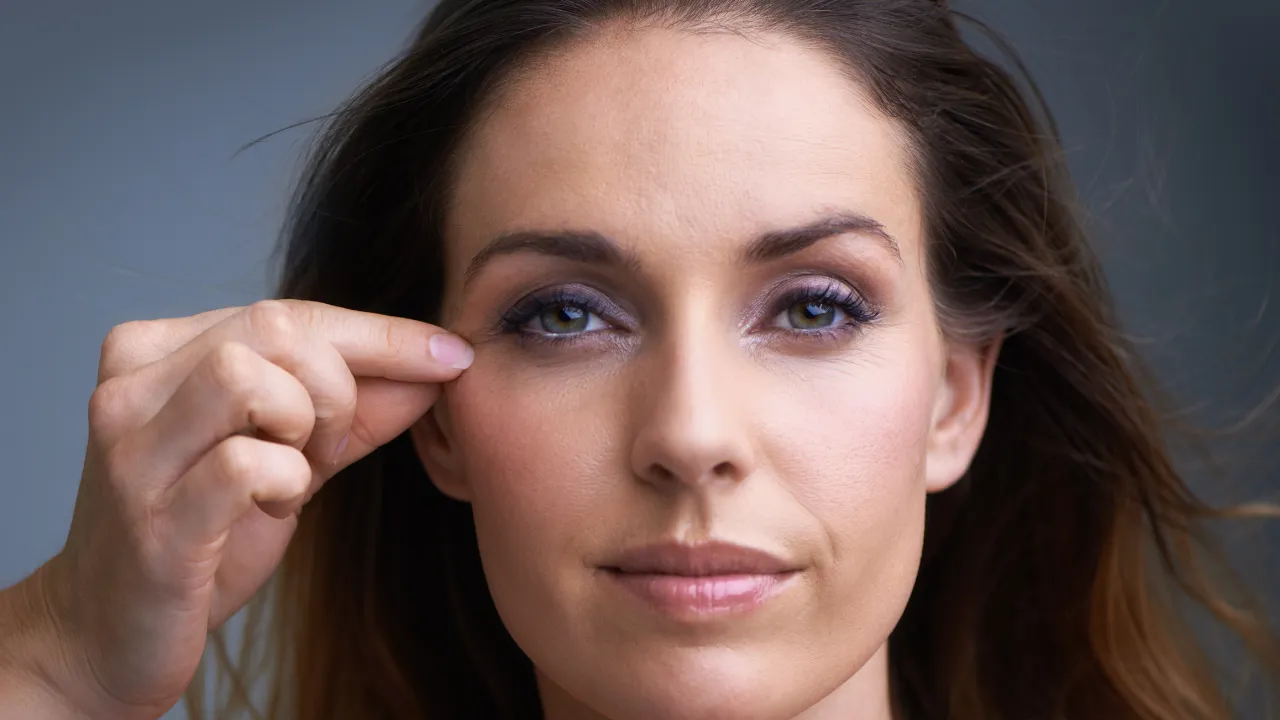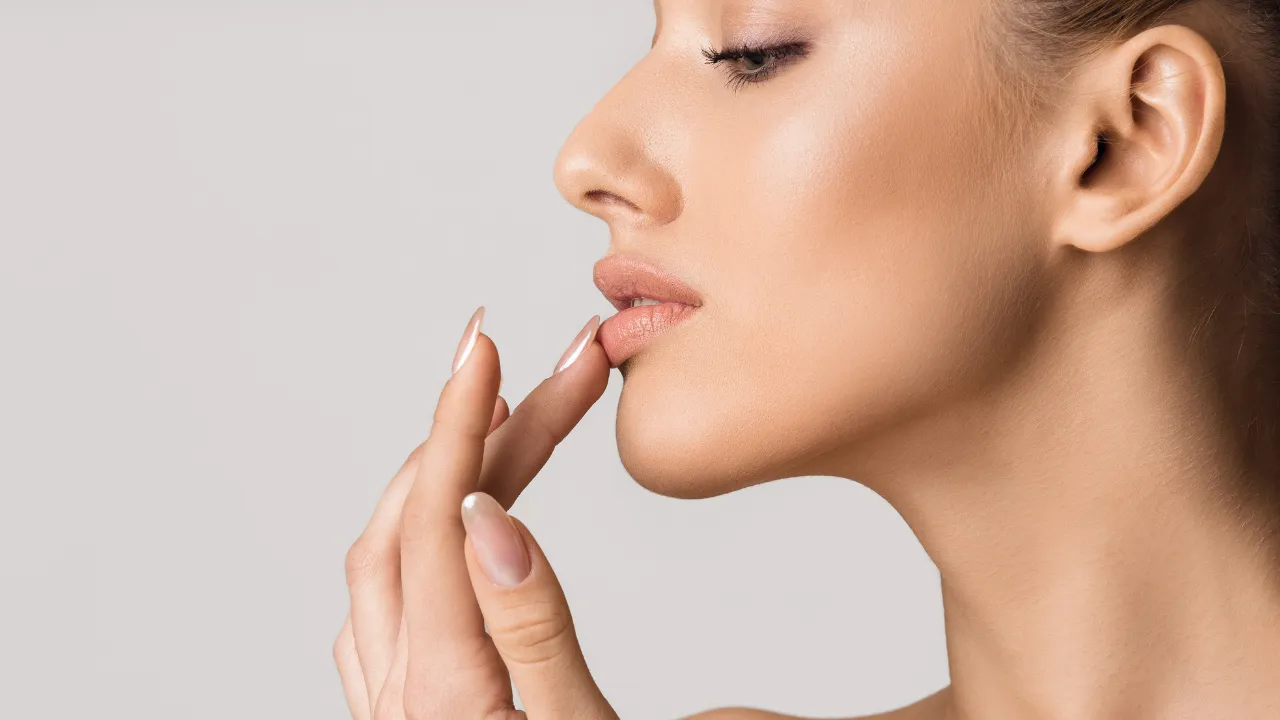At Kopelman Aesthetic Surgery in New York City, Dr. Joel Kopelman has helped patients restore a refreshed and natural look with advanced filler techniques.
For those wondering about the under-eye filler cost, treatments in New York typically range from $700 to $1,500 per syringe, with the total cost for both eyes averaging $1,000 to $1,200. These prices depend on the filler type, amount of filler needed, and the injector’s experience.
In most cases, how much do under eye fillers cost will also vary based on geographic location and the complexity of the procedure.
Key Takeaways
- Under-eye filler cost in New York City typically ranges from $1,000 to $1,500 per syringe, with both eyes averaging $2,000 to $3,000, and insurance does not cover the procedure.
- Results generally last 12 to 18 months, and longevity depends on filler type, patient metabolism, and lifestyle factors.
- Common benefits include immediate improvement in hollowness and a more refreshed appearance, while potential risks range from temporary swelling to rare complications like vascular occlusion.
- Alternatives such as PRP injections, fat grafting, laser resurfacing, and topical treatments may be more suitable for some patients depending on their goals and anatomy.
Table of Contents
ToggleCost of Under Eye Fillers
Average Price per Syringe
The under-eye filler price is usually calculated per syringe. In New York City, this can range from $1,000 to $1,200 for high-quality hyaluronic acid fillers. Some patients require one syringe, while others need more for optimal results.
Total Cost for Both Eyes
The price of under-eye filler for both eyes often falls between $1,000 and $2,000. This includes the filler material, injector’s time, and advanced techniques for natural results. The average cost for most patients at Kopelman Aesthetic Surgery falls near the mid-range of this spectrum.
Cost Near Me and Location Factors
Location affects pricing. Metropolitan areas like New York typically have higher prices than smaller cities. Provider expertise, clinic reputation, and the complexity of the eye filler treatment also play a role.
Understanding Under Eye Fillers
How They Work
Under eye fillers – sometimes called tear trough fillers – use injectable gels to replace lost volume and smooth the transition between the lower eyelid and cheek.
They lift and fill hollow areas, reducing dark circles, fine lines and wrinkles. This type of treatment is part of the broader category of dermal fillers, which are also used in other facial areas for volume restoration.
Types of Fillers Used
Most treatments use hyaluronic acid fillers because they are safe, reversible, and well-tolerated. Brands vary in texture and longevity, and the choice depends on anatomy and goals.
Common products include Restylane-L, Restylane Silk, and Juvederm Volbella, chosen for their smooth texture and natural integration with delicate under-eye tissue.
Filler injections can be placed using a fine needle or a blunt-tipped cannula. A needle allows precise placement but may cause slightly more bruising. A cannula often reduces trauma while covering a larger area with fewer entry points. Dr. Kopelman selects the method that offers the safest and most natural result.
How Long They Last
Results generally last 12 to 18 months, though some patients enjoy results for up to two years. Longevity depends on metabolism, filler type, injector skill, and whether the goal is short-term correction or a long-term improvement plan.
Results and Expectations
Under Eye Fillers Before and After
Before treatment, patients may have visible volume loss and shadowing. After treatment, the under-eye area appears smoother and more youthful. Dr. Kopelman uses a conservative amount of filler to avoid overcorrection.
One patient, age 42, visited Kopelman Aesthetic Surgery with concerns about under-eye hollowness. She received one syringe of Restylane-L in each eye, at a total cost of $2,200.
Within a week, the hollows were softened, and her eyes appeared brighter and more rested. She reported feeling more confident at work and appreciated the subtle change that friends noticed without suspecting a procedure.

Is It Worth Getting Under Eye Fillers?
For many, this non-surgical option delivers fast results with minimal downtime. It is especially effective for patients with mild to moderate hollowing who want to avoid surgery.
Benefits, Risks, and Side Effects
Common Benefits
- Immediate improvement in hollowness and skin smoothness
- Minimal recovery time compared to surgery
- Non-surgical and reversible injectable treatments
Under Eye Fillers Side Effects
Temporary side effects include swelling, bruising, or tenderness. Rare risks include uneven results, lumpiness, or injury to a blood vessel. Choosing an experienced injector significantly reduces these risks.
Although rare, serious complications such as vascular occlusion require immediate attention to prevent skin injury or vision problems. Dr. Kopelman follows advanced safety protocols to minimize these outcomes.
Patients can expect mild swelling and possible bruising for 1–3 days. By days 4–7, swelling usually subsides, and results begin to settle. Final results are visible within two weeks.
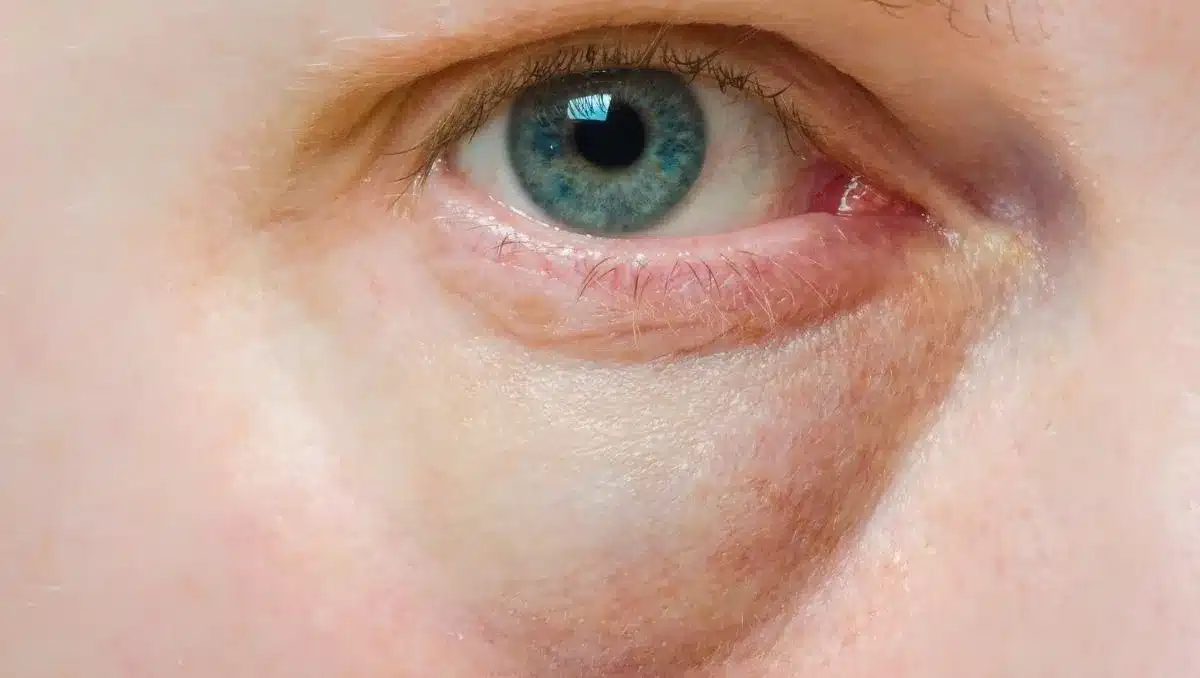
Who Should Avoid This Treatment
Patients with active skin infections, certain medical conditions, or unrealistic expectations may not be suitable candidates. A thorough consultation is essential.
Botox vs Fillers for Under Eyes
Botox relaxes muscles to smooth dynamic wrinkles, while fillers restore lost volume. For hollows and shadowing, fillers are generally more effective. In some cases, Botox and fillers are combined for a complete result.
Alternatives to Under-Eye Fillers
Some patients may prefer alternatives:
- PRP injections – Uses platelet-rich plasma to improve texture and stimulate collagen.
- Fat grafting – Transfers fat from another area for longer-lasting volume.
- Laser resurfacing – Improves skin tone and reduces fine lines and wrinkles.
- Topical treatments – Medical-grade creams for mild concerns.
Dr. Kopelman helps patients choose the best option based on anatomy, goals, and recovery preferences.
The Procedure Step-by-Step
Preparing for Treatment
Patients should avoid alcohol, aspirin, and certain supplements before the procedure to minimize bruising. A complete medical history is reviewed.
During the Appointment
Treatment takes about 30 minutes. Dr. Kopelman uses filler injections with fine needles or cannulas for precise placement, ensuring comfort and safety.
Aftercare and Recovery
Most patients return to regular activities the same day. Swelling and bruising may last a few days. Cold compresses and gentle care help recovery.
Choosing a Qualified Provider
Key Qualifications
Look for board certification in facial plastic surgery or ophthalmic plastic surgery. Years of experience and a focus on the delicate under-eye area are important.
Why Technique Matters
Precise technique ensures natural results and reduces risk. Dr. Kopelman’s oculoplastic background allows for careful filler placement, even in areas close to a blood vessel.
FAQs about Cost of Fillers Under the Eyes
Does Insurance Cover Under Eye Fillers?
No, cosmetic filler treatments are not covered by insurance. Patients should be prepared for out-of-pocket costs.
Can You Combine Fillers with Other Treatments?
Yes, fillers are often combined with Botox, laser treatments, or topical skin care for enhanced results.
If you are considering eye filler treatment, Dr. Joel Kopelman at Kopelman Aesthetic Surgery can provide expert care with safe, natural results. Schedule an appointment to discuss your goals and receive a personalized treatment plan.

